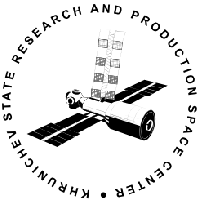/
AsiaSat 3S
Launch Success
Liftoff Time (GMT)
00:09:29
Sunday March 21, 1999
Mission Details
AsiaSat 3S
Asia Satellite Telecommunications Co. Ltd. (AsiaSat) selected Hughes Space and Communications International, Inc., in February 1996 to build a Hughes HS-601HP (for high-power) satellite, provide a launch vehicle, and perform ground station upgrades. The satellite, AsiaSat 3, was to serve Asia and neighboring regions. The body-stabilized AsiaSat 3 was to be used primarily for television distribution and telecommunications services throughout Asia, the Middle East, Australasia, and the Commonwealth of Independent States, with multiple spot beams for selected areas. It carried 28 active C-band transponders and 16 active Ku-band transponders. The C-band transponders were powered by 55-watt traveling wave tube amplifiers (TWTAs). The Ku-band transponders used 138-watt TWTAs. As a high-power Hughes HS-601HP model, AsiaSat 3 was to generate up to 9900 Watts using two sun-tracking four-panel solar wings covered with gallium arsenide solar cells. A 29-cell nickel-hydrogen battery was to provide full power to the spacecraft during eclipse operations. The satellite was to use a bi-propellant propulsion system for stationkeeping.
Geostationary Transfer Orbit
1 Payload
3,465 kilograms
Rocket


Manufacturer
KhrunichevRocket
Height: 57.64m
Payload to Orbit
LEO: 19,000 kg
GTO: 2,500 kg
Liftoff Thrust
9,548 Kilonewtons
Fairing
Diameter: 4.35m
Height: 10.4m
Stages
4
Launch Site
Stats
Proton-K
259th
Mission
3rd
Mission of 1999
1999
13th
Orbital launch attempt